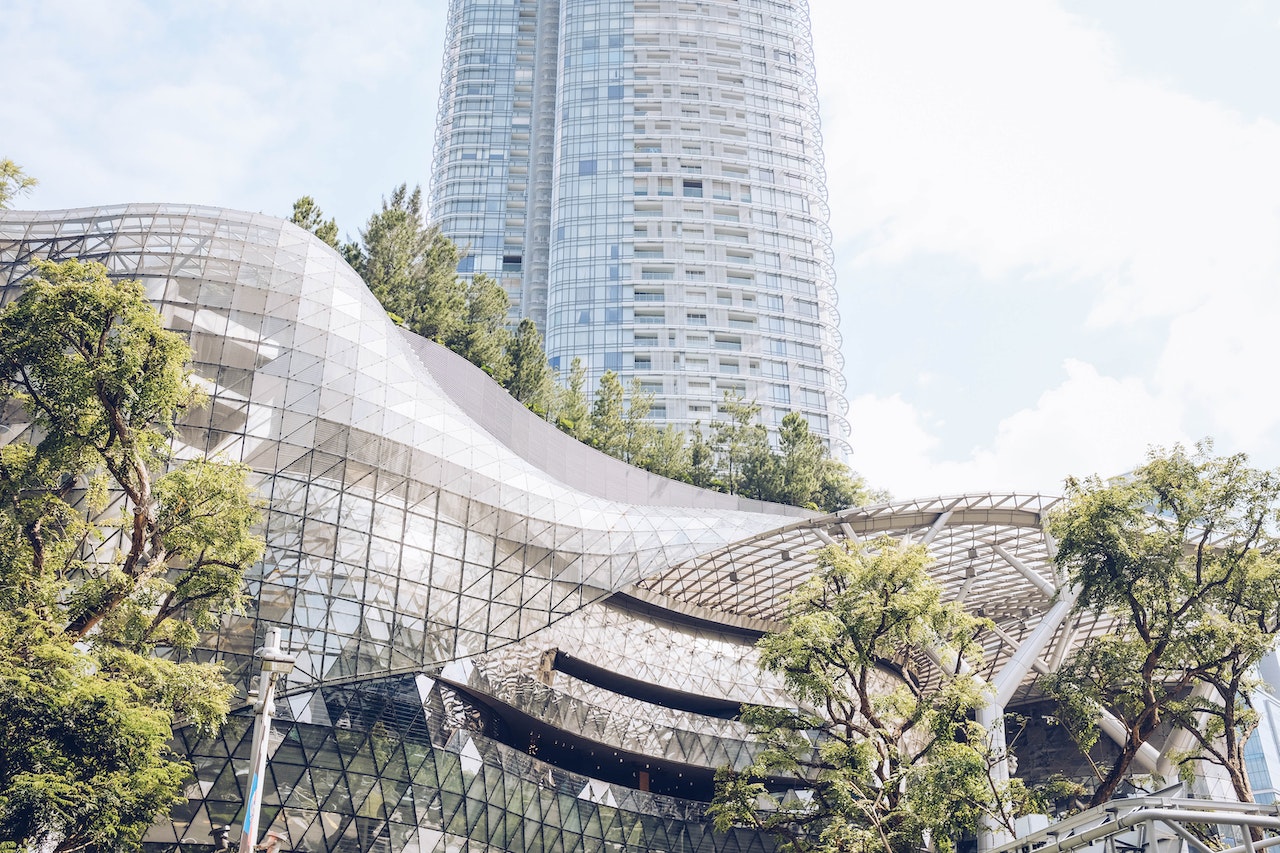
In an ideal world, disputes would be resolved amicably, but in practice, adversarial methods like litigation and arbitration are often used. Arb-Med-Arb, short for Arbitration-Mediation-Arbitration, is a dispute resolution process that seeks to integrate mediation into the traditional arbitral process.
The purpose of this approach is to provide parties with an additional opportunity to settle their disputes amicably and preserve their relationships, rather than resorting directly to adversarial methods like litigation and arbitration.
Under Arb-Med-Arb, parties involved in arbitration proceedings can “pause” the arbitration to attempt mediation in an effort to reach a settlement. If mediation does not lead to a settlement, parties can continue with the arbitration proceedings.
These multi-tiered dispute resolution clauses, which are not uncommon in Singapore, require parties to explore mediation, negotiation, or conciliation before resorting to arbitration. Both the Singapore International Arbitration Centre (SIAC) and Singapore International Mediation Centre (SIMC) offer Arb-Med-Arb protocols.
The SIMC, established in 2014, complements Singapore’s dispute resolution options and collaborates with SIAC to promote mediation within international arbitration through the Arb-Med-Arb protocol, often referred to as the “AMA Protocol.”
The Arb-Med-Arb process starts with arbitration, followed by mediation. If mediation does not lead to a settlement, parties may proceed with the arbitration proceedings. The following steps can be taken to initiate the AMA Protocol:
It’s worth noting that the arbitrators and mediators appointed under the AMA Protocol are separate and independent individuals, following the applicable arbitration and mediation rules of each institution. This ensures impartiality and helps maintain confidence in both processes.
If the mediation process proves successful, the resulting settlement is presented to the tribunal as a consent award. This consent award holds the same weight as an arbitral award and can be enforced in member states of the New York Convention, which facilitates cross-border recognition and enforcement.
However, it is crucial to note that any non-justiciable elements of the settlement, meaning aspects that go beyond the scope of the initial arbitration agreement and the jurisdiction of the tribunal, must be recorded in a separate settlement agreement. This separate agreement, while still essential for the parties’ understanding, is not enforceable under the New York Convention. In cases where the parties are unable to reach a resolution through mediation, they can opt to continue the dispute resolution process by proceeding with the arbitration proceedings as originally planned.
For those unfamiliar with the legal terms, “arbitration” and “mediation” might be mistakenly considered synonymous. However, while both processes ensure privacy and confidentiality for the disputing parties, they are fundamentally different.
Arbitration involves the resolution of disputes by a tribunal, typically comprising an odd number of arbitrators. An arbitrator need not necessarily be a legal practitioner but can instead be an expert from the industry relevant to the dispute. After holding private hearings for each party’s case, the arbitral tribunal will make a final decision on the matter. This process shares similarities with litigation, but the key distinction lies in the public nature of court proceedings, where the Judiciary has the authority to decide on the case.
Conversely, mediation focuses on facilitating negotiations between the involved parties. It does not involve any form of adjudication, and any settlement reached through mediation is based solely on mutual agreement and without any coercion. The mediator plays a crucial role in easing hostilities, guiding parties towards common ground, and encouraging them to find compromises where necessary. It’s important to note that discussions and negotiations during mediation remain confidential and have no bearing on the concurrent arbitration or litigation proceedings.
In Singapore, parties can access the AMA Protocol through two main approaches. The first approach involves incorporating the model Arb-Med-Arb clause, also known as the Model Clause, into their contracts. By doing so, they refer their disputes to both the SIAC and SIMC for arbitration and mediation, respectively. This Model Clause clearly outlines the procedures and requirements for both the arbitration and mediation processes. Parties looking to benefit from this tiered dispute resolution mechanism, can consider including the following Arb-Med-Arb Clause in their contracts:
SIAC-SIMC Arb-Med-Arb Model Clause (“Arb-Med-Arb Clause”)
Any dispute arising out of or in connection with this contract, including any question regarding its existence, validity or termination, shall be referred to and finally resolved by arbitration administered by the Singapore International Arbitration Centre (“SIAC”) in accordance with the Arbitration Rules of the Singapore International Arbitration Centre (“SIAC Rules”) for the time being in force, which rules are deemed to be incorporated by reference in this clause.
The seat of the arbitration shall be [Singapore].[1]
The Tribunal shall consist of _________________[2] arbitrator(s).
The language of the arbitration shall be ________________.
The parties further agree that following the commencement of arbitration, they will attempt in good faith to resolve the Dispute through mediation at the Singapore International Mediation Centre (“SIMC”), in accordance with the SIAC-SIMC Arb-Med-Arb Protocol for the time being in force. Any settlement reached in the course of the mediation shall be referred to the arbitral tribunal appointed by SIAC and may be made a consent award on agreed terms.
[1] Parties should specify the seat of arbitration of their choice. If the parties wish to select an alternative seat to Singapore, please replace “[Singapore]” with the city and country of choice (e.g., “[City, Country]”).
[2] State an odd number. Either state one, or state three.
Alternatively, parties who have already commenced arbitration at the SIAC may independently refer their dispute to the SIMC for mediation at any stage, even without an express provision for this in their contract.
Generally, parties are only bound to mediate when a mediation clause has been included in their contract. In such cases, parties are required to negotiate in good faith, as established by the Court of Appeal, in the HSBC Institutional Trust Services (Singapore) Ltd v Toshin Development Singapore Pte Ltd [2012] SGCA 48 case. Additionally, the Court of Appeal, in the International Research Corp PLC v Lufthansa Systems Asia Pacific Pte Ltd and another [2013] SGCA 55 case, upheld the enforceability of multi-tiered dispute resolution clauses that mandate parties to mediate before resorting to arbitration.
The distinctive features of the AMA Protocol lie in its clarity, certainty, and robust institutional support. Parties can trust that their mediations will be conducted under the administration of SIMC and SIAC, and they have the option to appoint globally recognized mediators and arbitrators. The practice of using separate mediators and arbitrators ensures that the outcome of mediation does not unduly influence the arbitration process, instilling greater confidence in both methods.
The AMA Protocol represents a significant advancement in promoting alternative dispute resolution in Singapore. To further encourage its adoption, parties need to be well-informed about the benefits of mediation. Additionally, actively advocating for the use of mediation during the arbitration process could increase awareness of alternative dispute resolution methods and motivate parties to seek resolutions through mediation. By promoting these initiatives, Singapore can foster a more effective and harmonious dispute resolution landscape.


Farallon Law Corporation
21 Collyer Quay #01-01
Singapore 049320
Farallon Law Corporation
21 Collyer Quay #01-01
Singapore 049320
We are recognized regionally by the world-class quality of legal services that we provide. Rely on our capabilities to help you resolve your legal challenges today.